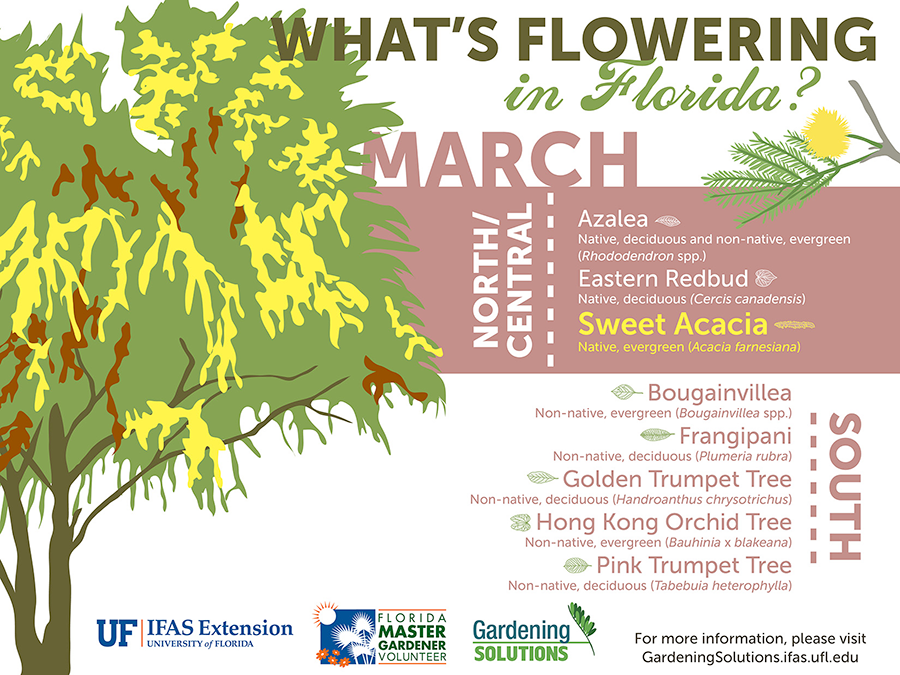The Environmental Impact Of Tree Removal: What You Should Know
The Environmental Impact Of Tree Removal: What You Should Know
Blog Article
Authored By-Dickey Mccullough
When it pertains to the environmental effect of tree elimination, there are important aspects that demand your interest. From the intricate web of relationships within environments to the succeeding effects on environment patterns, the effects are profound. You may be shocked to discover the elaborate ways in which the removal of trees can resound throughout the atmosphere. Keep tuned to decipher the detailed connections and implications of this apparently uncomplicated act.
Deforestation and Habitat Loss
Logging and habitat loss are essential problems coming from tree removal. When trees are cut down, it disrupts entire ecological communities. Not only are the trees themselves lost, yet the homes and food sources of many plant and pet varieties are ruined also. Birds shed their nesting websites, animals shed their shelter, and bugs shed their environments. The results surge with the food chain, influencing killers and victim alike.
In addition, logging contributes to climate change. Trees play a critical duty in taking in co2, a greenhouse gas that catches warmth in the ambience. With fewer trees, there's less carbon dioxide absorption, resulting in increased degrees of this gas in the ambience and worsening global warming.
Habitat loss is a direct outcome of deforestation, as the devastation of forests indicates the loss of one-of-a-kind and varied communities. Lots of types are incapable to adjust to fast adjustments in their environment, bring about population declines and, in some cases, termination.
Safeguarding forests is essential to keeping the fragile equilibrium of nature and guaranteeing the survival of numerous plant and animal varieties.
Influence on Biodiversity
The elimination of trees has a substantial impact on biodiversity, influencing the selection and wealth of plant and animal species in an area. https://www.totallandscapecare.com/how-to-landscape/stump-grinding/ provide habitat and food sources for countless organisms, from insects to birds to mammals. When trees are removed, these types lose their homes and resources of nutrition, leading to a decrease in their populaces. This disturbance can have plunging results on the entire ecological community.
Additionally, trees play an important duty in maintaining biodiversity by developing microhabitats within their covers, trunks, and origins that sustain a wide variety of species. When trees are cut down, these specialized settings are ruined, decreasing the total variety of the location.
Furthermore, the elimination of trees can result in a decline in genetic variety within plant populaces, as specific tree species might no longer be able to duplicate or distribute effectively. Protecting trees and woodlands is vital for maintaining biodiversity and making certain the health and wellness of ecological communities for future generations.
Dirt Erosion and Climate Change
With trees being removed from a location, the disturbance of soil structure and stability occurs, causing increased soil erosion. Trees play a crucial role in protecting against erosion by holding soil in place with their root systems. When trees are eliminated, particularly in multitudes, the soil comes to be much more prone to disintegration from wind and water. This disintegration not just impacts the instant environments but can additionally cause sedimentation in nearby water bodies, affecting water top quality and water communities.
In addition, trees help manage the environment by absorbing co2 throughout photosynthesis. When trees are cut down, this all-natural carbon sink is lessened, adding to raised levels of greenhouse gases in the ambience. This can aggravate climate adjustment, bring about even more extreme climate events and disturbances in ecosystems worldwide.
For that reason, the removal of trees not only speeds up soil erosion however also plays a role in the larger environmental problem of climate modification. It's crucial to consider these factors when evaluating the impacts of tree elimination on the setting.
Conclusion
Since you know the ecological effect of tree elimination, take into consideration the repercussions prior to cutting down trees. Logging interferes with communities, reduces biodiversity, and adds to soil erosion and climate change. By being mindful of the impact of tree removal, you can assist safeguard our setting and preserve the delicate equilibrium of nature. Make educated options and think about alternative solutions to decrease the unfavorable effects on our planet.
